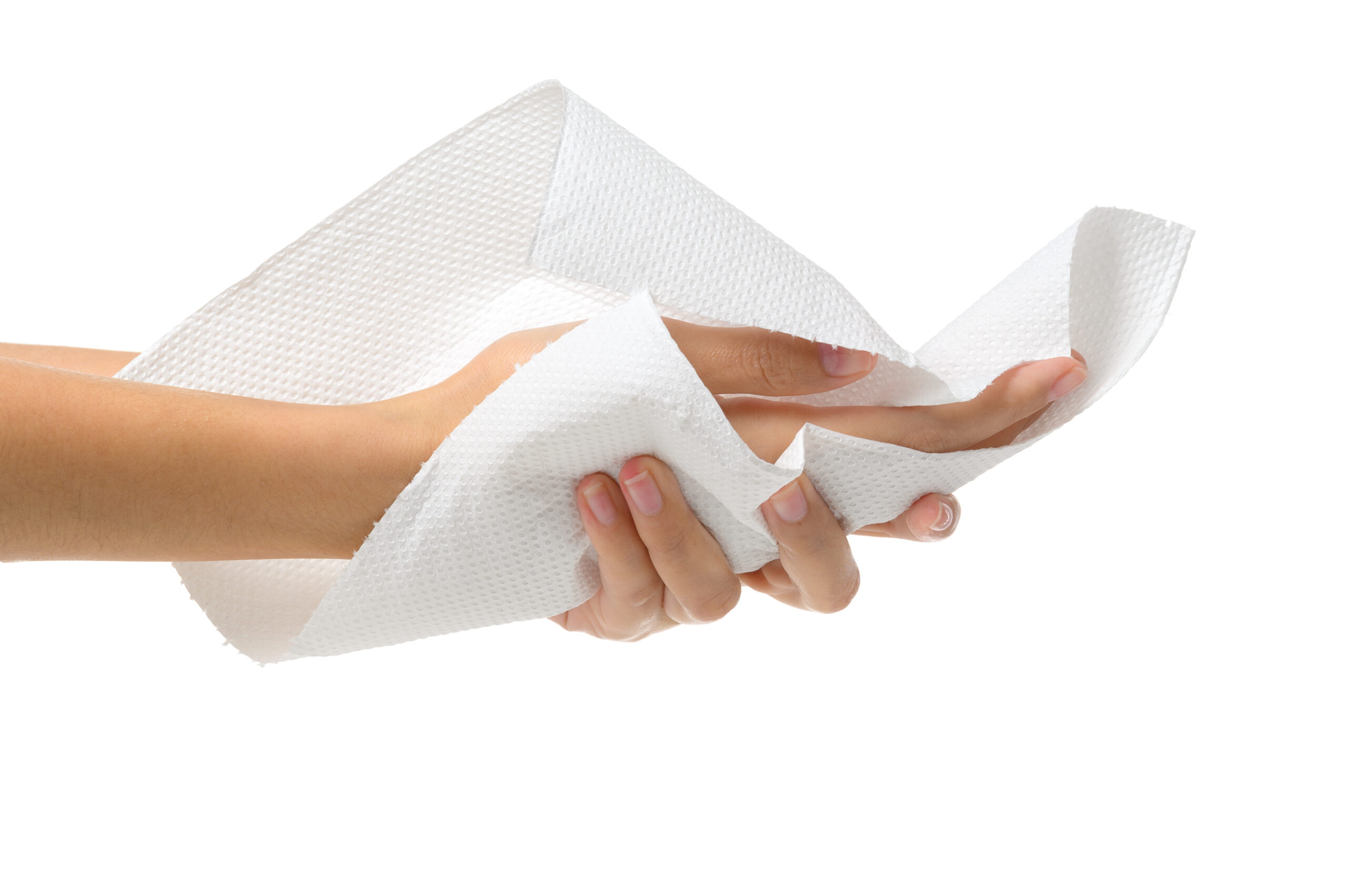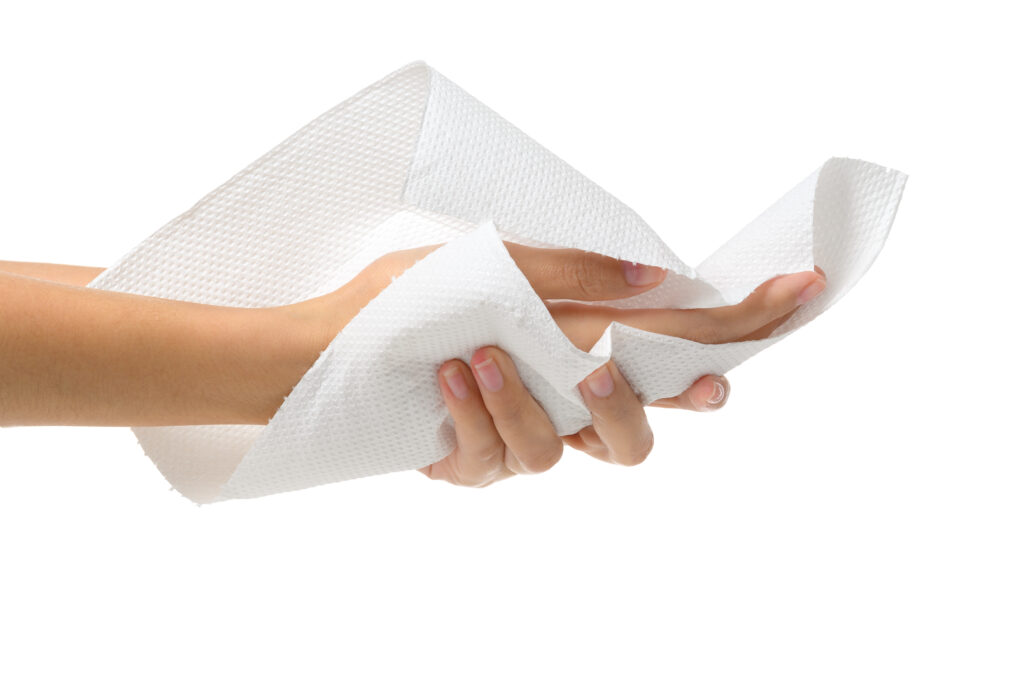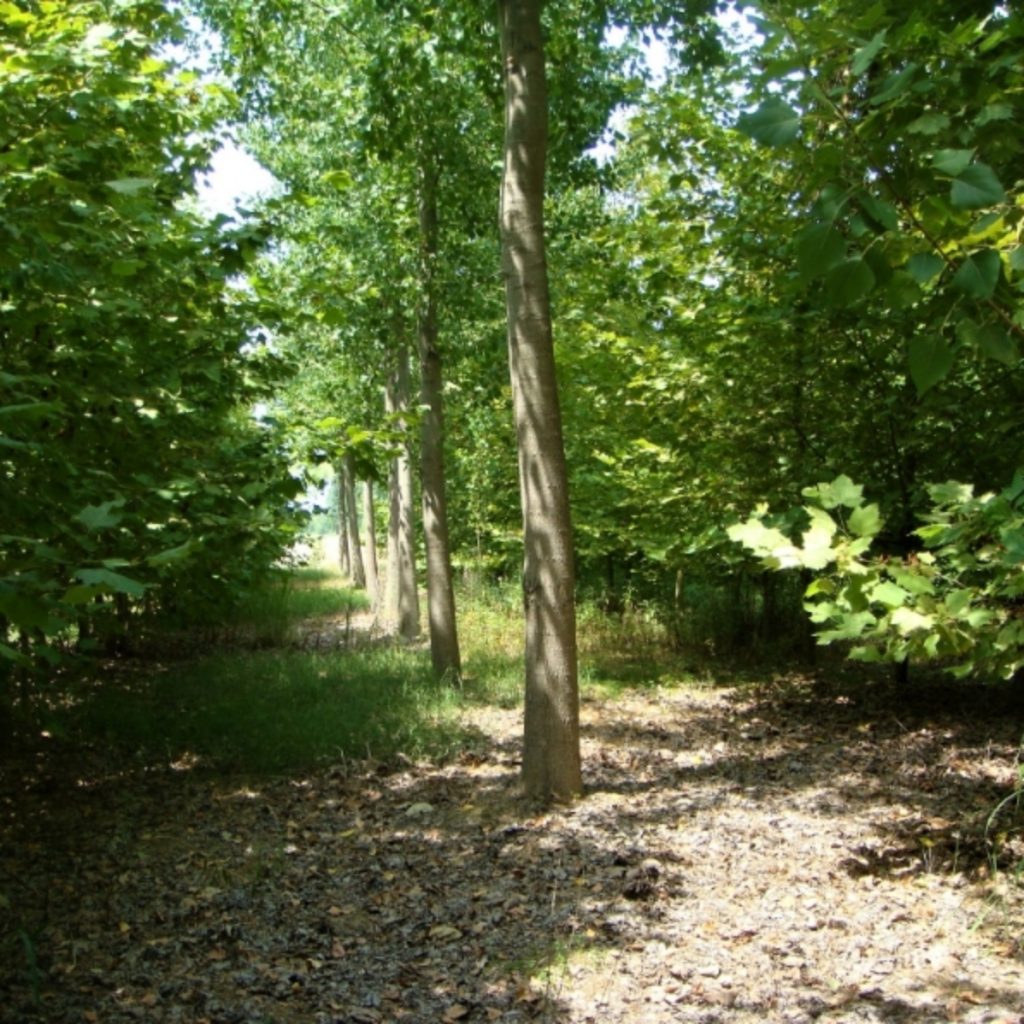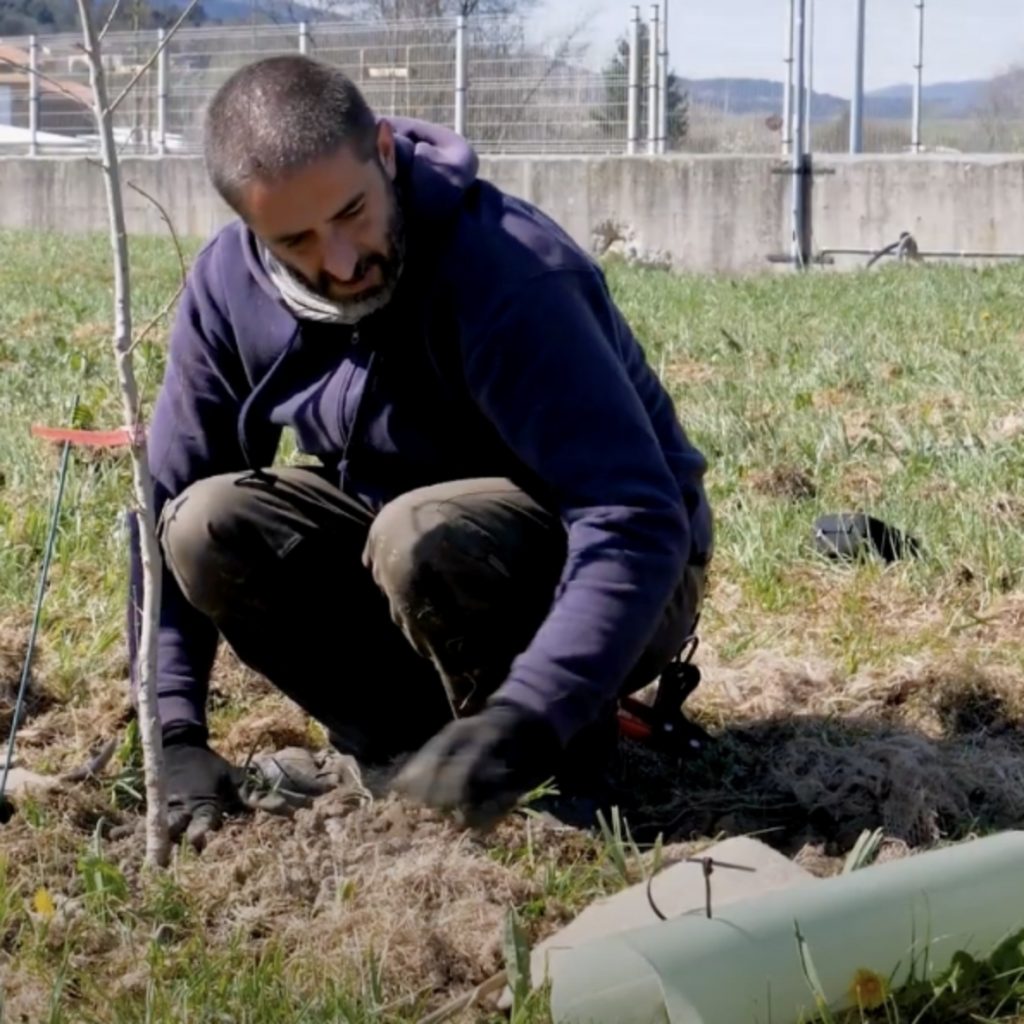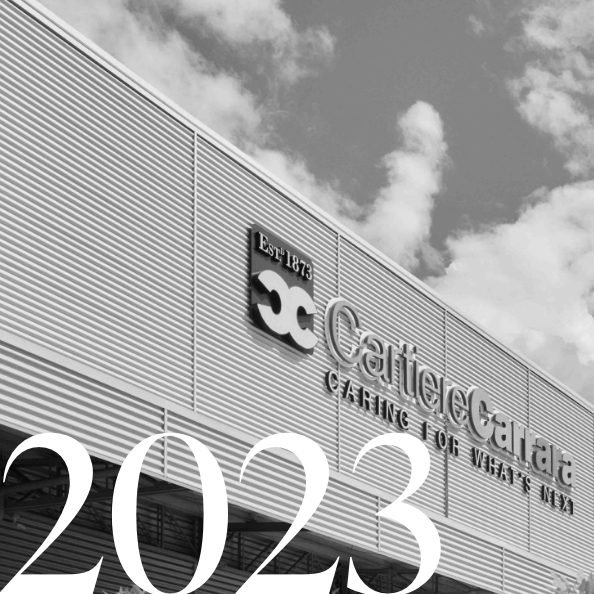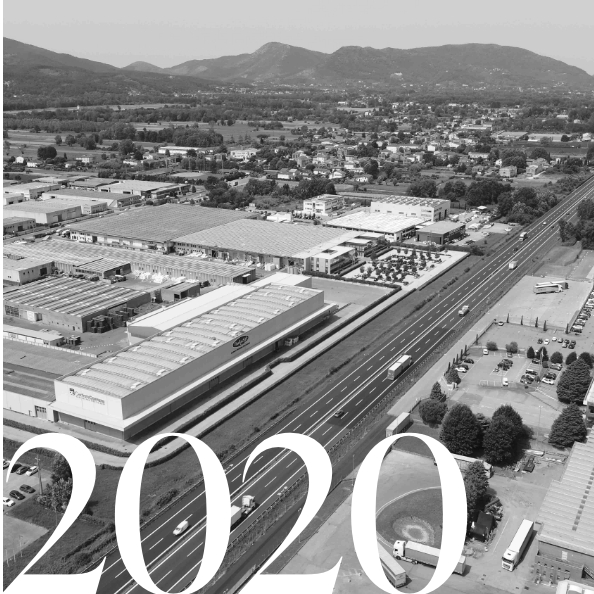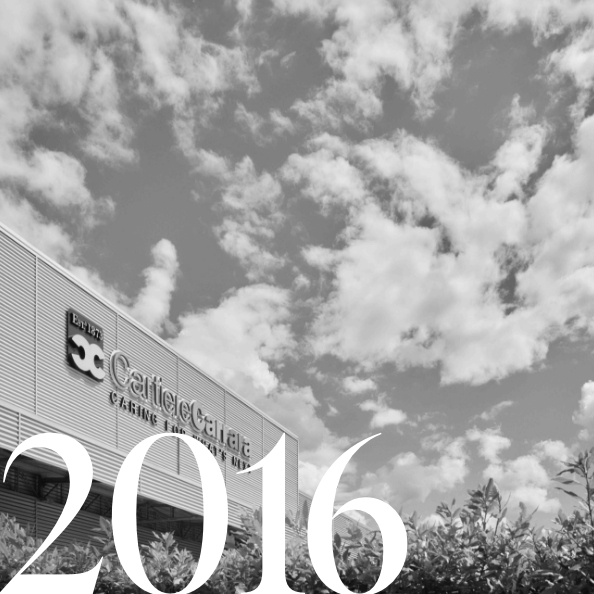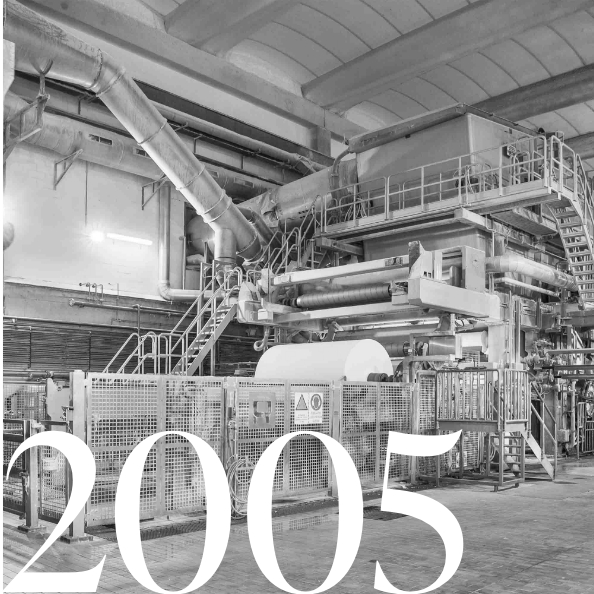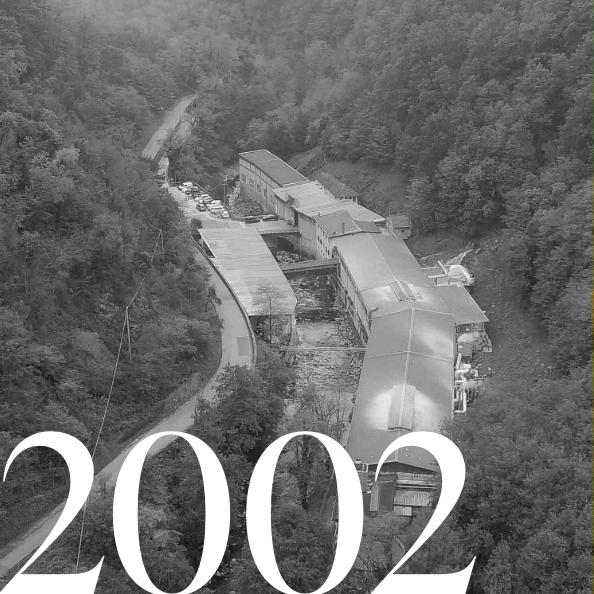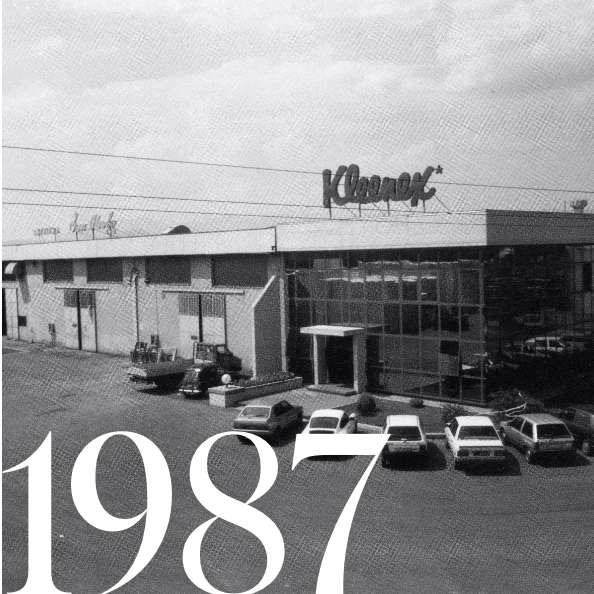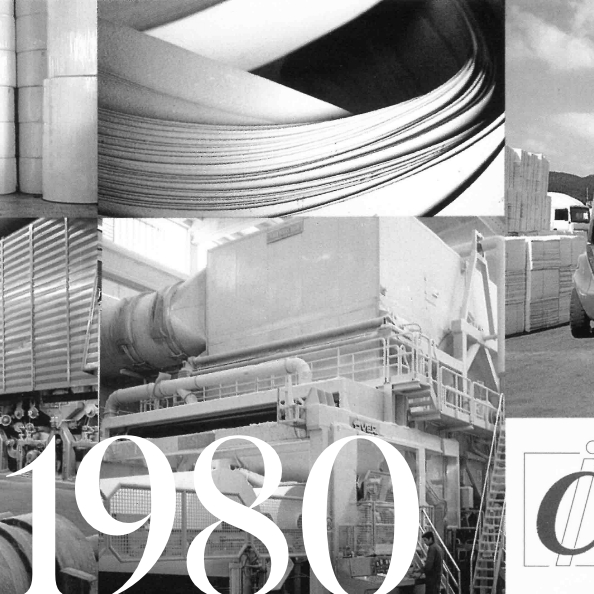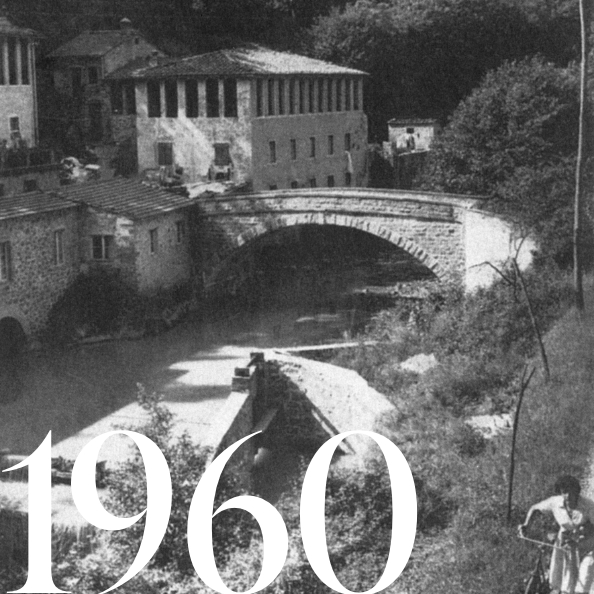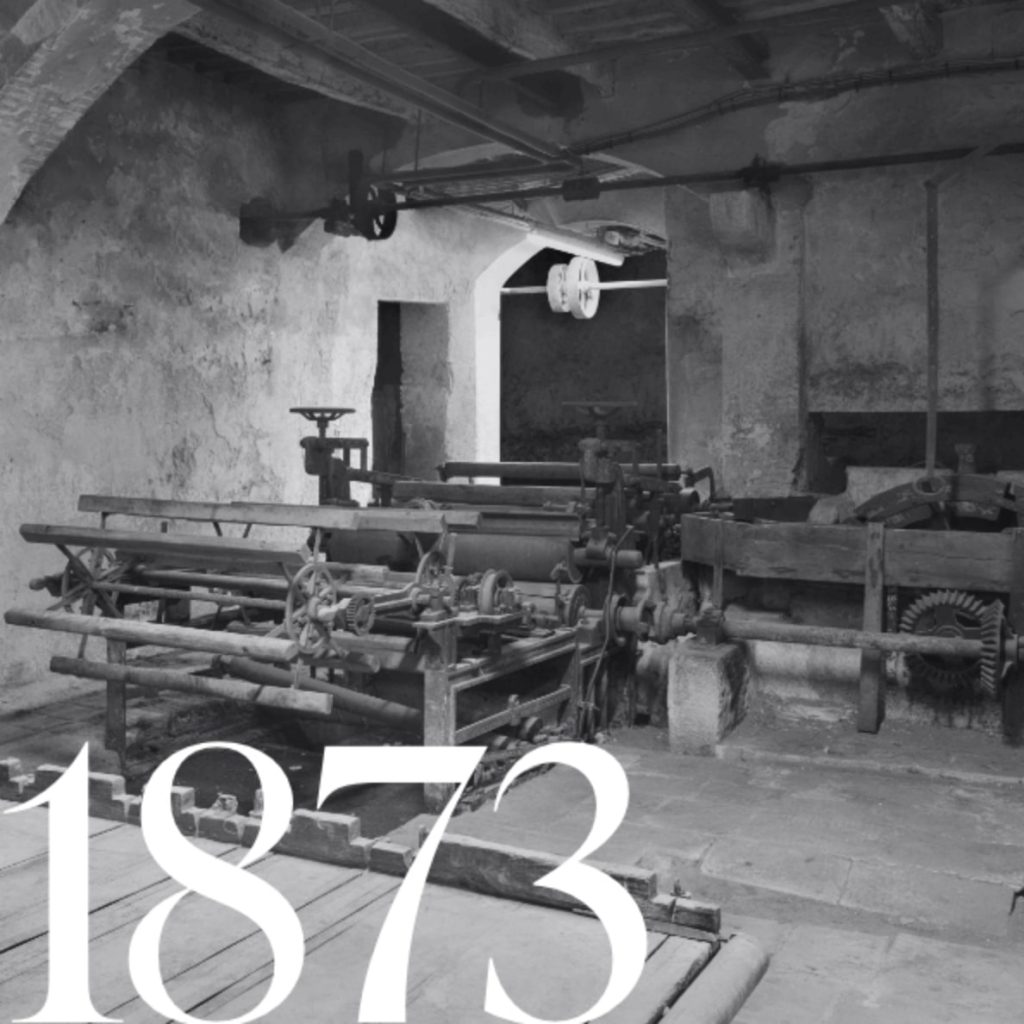Handwashing is a cornerstone of public health. We’ve all been taught that a simple scrub with soap and water is one of the easiest and most effective ways to stop the spread of germs. Yet, a crucial part of this process is often overlooked: drying your hands.
It might seem insignificant, but how you dry your hands can be the difference between killing germs and spreading them.
Why Hand Drying is So Important
Think about it: after you wash your hands, they’re wet. This damp environment is a breeding ground for bacteria. Without proper drying, all the good work you did with soap and water can be undone.
The truth is, wet hands transfer germs far more easily than dry hands do. In fact, studies have shown that wet hands are up to 1,000 times more likely to spread bacteria than hands that are properly dried. That’s why the choice of hand-drying method is so critical, especially in shared spaces like offices, restaurants, and schools.
Paper vs. Air: The UK Perspective
For years, the debate has raged between paper towels and electric air dryers. While both can dry hands, their impact on hygiene and germ dispersal is dramatically different.
A key study from the University of Westminster, published in the Journal of Applied Microbiology, directly compared paper towels and electric jet air dryers. The findings were stark and have been cited in many subsequent health guidelines:
- Jet air dryers were found to increase the number of bacteria on fingertips by up to 42%, and on palms by a staggering 15%. This is because the high-speed air can literally blast microbes from the hands and into the surrounding air.
- The study also found that bacteria from jet air dryers could be spread up to three metres away from the machine, contaminating surfaces, air, and other people.
In contrast, the same study found that paper towels reduced the total number of bacteria on hands by up to 77%. Disposable paper towels work by physically removing bacteria and residual moisture from the skin’s surface, trapping them in the paper which is then immediately thrown away.
This is why health bodies and organisations, including the UK’s National Institute for Health and Care Excellence (NICE), often recommend the use of disposable paper towels in high-risk environments like hospitals and food preparation areas.
Hygiene, Safety, and Sustainability
The choice to use disposable paper towels is no longer a trade-off. Modern paper products, such as those in the Bulkysoft range, are designed to combine hygiene with sustainability.
- Many products are certified with the EU Ecolabel and PEFC, ensuring they come from responsibly managed forests.
- Advanced single-sheet dispensing systems optimise consumption, reducing waste and ensuring your team or customers only take what they need.
By choosing a high-quality paper drying system, you are making a conscious choice to protect public health and provide a safer, cleaner environment for everyone. It’s a simple, effective solution that delivers on hygiene, efficiency, and a commitment to a healthier future.

